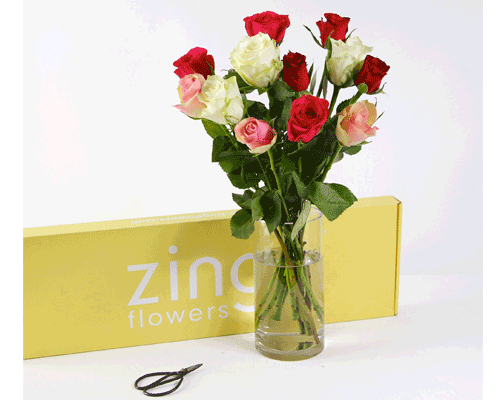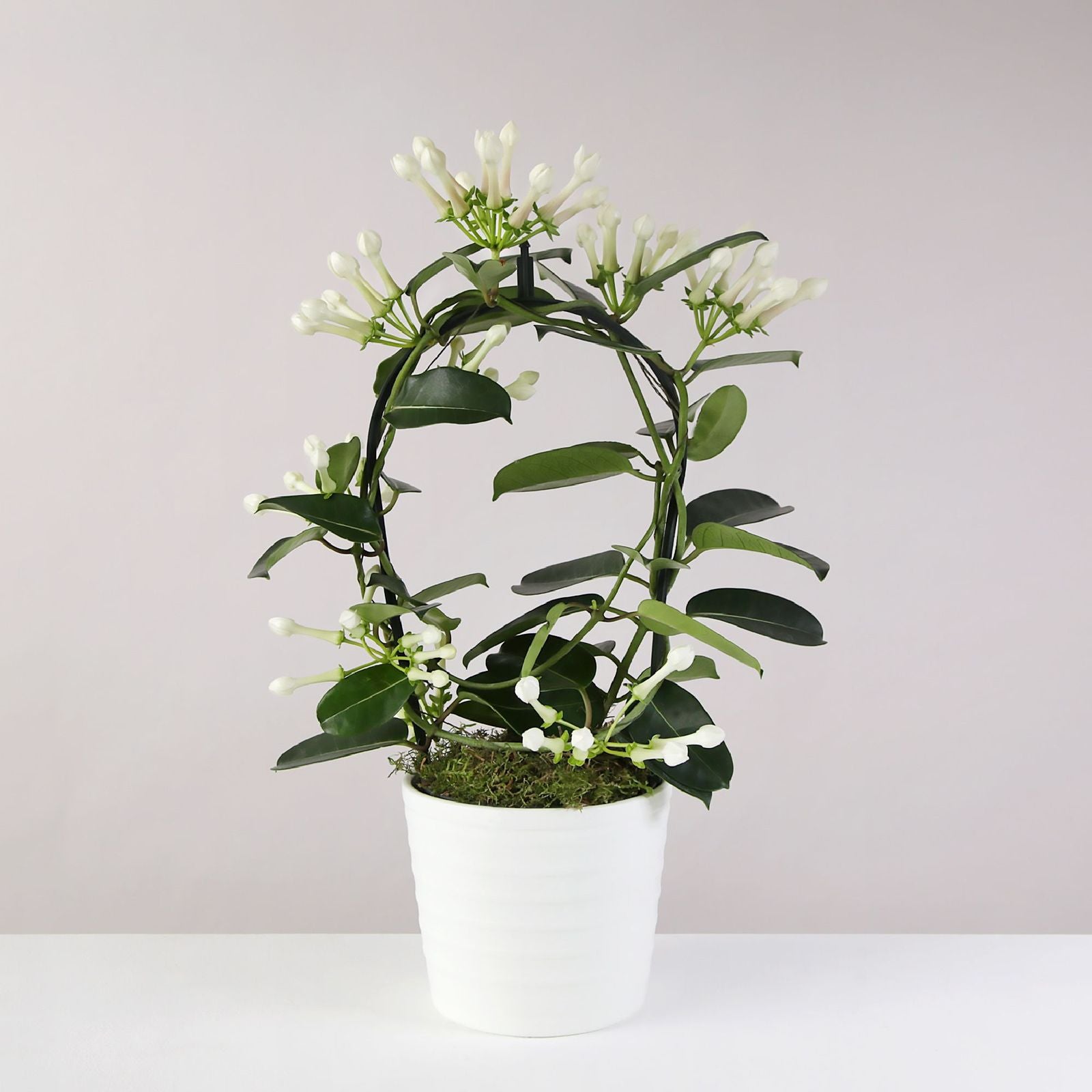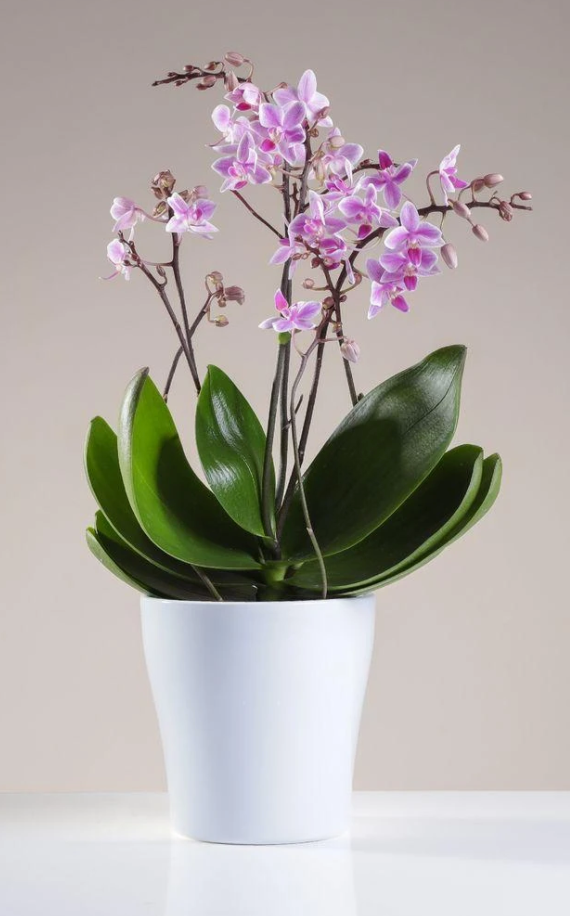
Taking care of your blooms at home, everything you need to know.
To ensure your flowers and plants stay healthy for the longest possible time, it’s important to follow these steps shortly after you receive them.

Please Bear In Mind
- Dyed and painted products may stain.
- Lilies are toxic to cats and can be harmful to other pets.
- The pollen in lilies can stain. Take care if they are included in your bouquet.
- Alstroemeria, Hyacinth, Tulips and Daffodils are harmful if eaten and may cause skin irritation.

Bouquets
- Remove all packaging, taking care not to damage your flowers.
- If your bouquet has been hand-tied, keep it tied until it’s in the vase. This will maintain the bouquet’s arranged shape.
- Using scissors or secateurs, make an angled 2-3cm cut near the bottom of the stems. A diagonal cut will provide more surface area, allowing your flowers to drink easier.
- Strip back the leaves from stems, up to where they will be submerged in the vase water.
- Put your bouquet into it's vase. The vase should ideally be filled with room temperature, fresh water. Then add the flower food – instructions can be found on the packet.
- Position your vase somewhere away from hot areas, direct sunlight, draughts, and fruit – these things can all affect your flower's lifespan.
- Re-fill the vase with water as necessary.
- Every 3 days, change out the water and re-cut the stems.

Plants
ROOM CONDITIONS
- The best conditions for your plant are a fairly warm and naturally light room.
- Position away from heat sources and draughts.
WATER AND FEEDING
- Don’t water your plants too often. Try to keep the soil moist, but hold-off re-watering until it's almost dried.
- Use room temperature water – approximately 20°C (or 68°F).
- Water your plants from above, and place saucers underneath the pot to catch excess water.
- When it's growing season (summer / spring time), you’ll need to give your plant a little extra water.
- A bit of liquid feed each week will be beneficial for flowering plants, however most will not need feeding to grow.

New Plants
- Do not feed new or freshly re-potted plants.
- New plants will generally need 1-2 months to adjust to their environment. The journey to its new home can make it slightly stressed.
- Gently prune away yellowing or damaged leaves, as well as dying flowers. If you need to, remove any wayward branches with sharp scissors or secateurs.

Orchid Plants
Growing and maintaining orchids in your home is remarkably easy, despite common misconceptions. All plants need sunlight to grow. Helpfully, when it comes to orchids, the colour of their leaves will reveal whether they’re getting sufficient light.
-
Light Green: Perfect. Your orchid is getting the right amount of light.
-
Yellow: Too much light. Try moving the orchid to a more shaded spot.
-
Dark Green: Not enough light. The orchid’s leaves darken to try and capture as much light as it can.
THE BALANCE OF WATERING
We recommend you water your orchid about once a week or less. Be sure to never leave it in water. To make things easy, the roots of the plant will react if they’re lacking water. When watering sympodial orchids (such as Phalaenopsis), excess moisture can become trapped between their leaves. Air movement is necessary to let the water evaporate, otherwise it can led to rot, eventually causing it to die.
CREATING THE RIGHT ENVIRONMENT
Standard room temperature (about 68°F / 20°C) is usually ideal for orchids to thrive. Because orchids are epiphytes (air plants) they struggle to grow in soil. A substance like moss is great as it will provide them with air and water. We pot all of our orchids in moss prior to sending.
PRUNING 'BLOOM SPIKES'
Approximately every 90-120 days after the bloom emerges, orchids will have a ‘bloom spike’. To manage these spikes, some people will trim the orchid's stem back to the first or second bract. This method helps the flower to bloom from the existing orchid spike. Although, when using this approach, the resulting flower will often be smaller. It’s up to you whether you want smaller or larger flowers.
